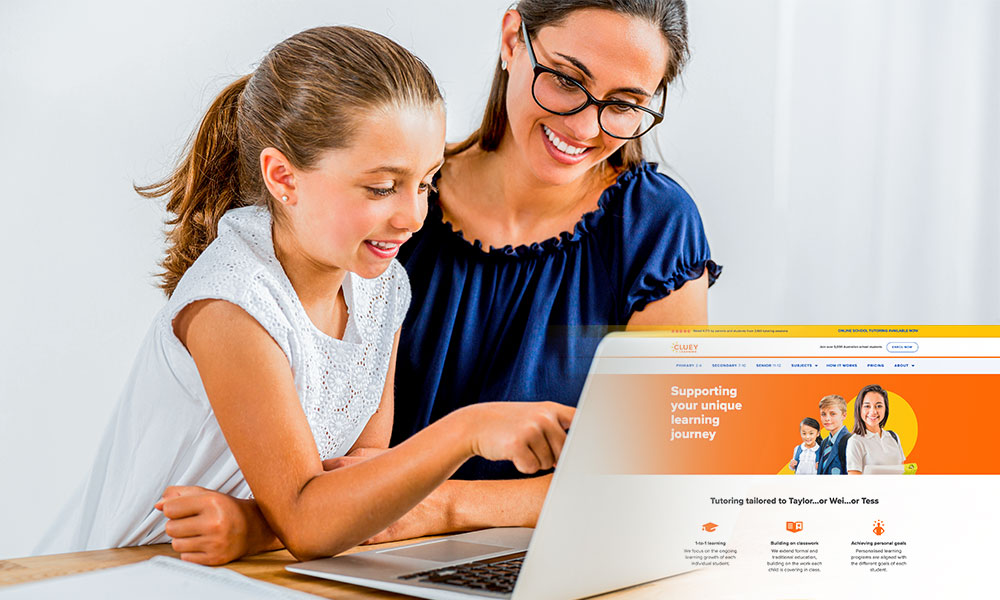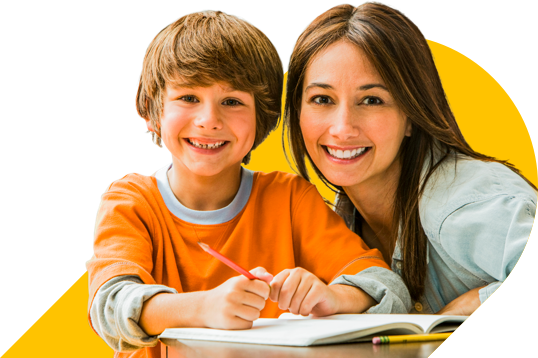One of the biggest benefits of homeschooling is its flexibility in terms of methods and approach. Yes, every state has educational outcomes, often in the form of core subjects or requirements, which must be met, however the teaching and learning style you choose, as well as the content and resources you utilise, are all up to you.

Which homeschooling methods are best
When researching homeschooling methods and styles, think about which features are best aligned with:
- Your particular belief
- Your lifestyle and family needs
- The individual needs of your child
- Your goals for homeschooling.
It’s important to understand that you don’t have to stick with one particular method or philosophy. Cherry picking aspects from each of the main approaches and combining these with state requirements and your own worldview is often a wonderful way to create balance and avoid dogma.
Types of homeschooling
Traditional homeschooling (school at home)
This approach tends to be based predominantly on the state or national curriculum, and follows a classroom-at-home model. Textbooks and worksheets comprise the majority of learning resources, with flexibility around how, when and where work takes place. This approach often works best for families looking for a distance education solution or with other commitments which preclude traditional schooling.
Classical homeschooling
This approach is based on classical ideas of teaching which date back to Ancient Greece and takes a three-stage approach (“Applied Trivium”). The first stage (up to around Year 4) emphasises core aspects of literacy and numeracy considered the foundation of knowledge. In the middle years, children move to critical thinking and question why things are the way they are in the world. In the third stage of the trivium, students explore more abstract concepts via great works of literature and demonstrate original thought with in-depth writing pieces and sophisticated speeches.
This method emphasises language and the written word over a more visual or creative approach.
Charlotte Mason
The Charlotte Mason method is based on the idea that children should be educated holistically, rather than just focusing on their mind. This involves imparting good ideas as a parent or carer, cultivating good habits from an early age and giving children “living thoughts and ideas, not just dry facts”.
Charlotte Mason students learn via Living Books, which are books which are written in narrative or story form to bring the content to life. They’re then required to retell or narrate what they’ve learned in order to consolidate it in their own minds. Charlotte Mason is based on christian principles and prioritises time outdoors and learning for the sake of learning.
Eclectic education
A homeschooling approach is considered “eclectic” when parents pick and choose different aspects from a variety of homeschooling methods. It will look completely different for every family and allows parents to design a schedule and incorporate the methods and beliefs that best suit the needs of their child. This is often based on the topics their child finds most interesting, the approach which best engages their attention and the practical needs of the whole family.
Unschooling
Unschooling is based on a very non-coercive approach which encourages children to learn naturally without traditional schoolwork or instruction. “It is learning by living, following interests and rabbit trails….. It is trusting that everything necessary for a life well lived with be naturally learned in the process of a life well lived.” - Karen Ahern, author and unschooling advocate.
Unschooling doesn’t follow traditional curriculums (although applicants are still required to submit a learning plan under state requirements). Instead, parents/teachers are actively engaged in activities which enrich and support their child’s passions on a daily basis. Unschooling underpins a lifestyle approach to homeschooling.
Montessori
Montessori takes a humanistic, individual approach to each student, and advocates for free movement and interest-based activities within larger time blocks (up to three hours). The role of the teacher is to gently guide students rather than instruct them directly, letting them learn for themselves from a range of sensory and tactile objects and experiences.
The Montessori method allows children to work at their own pace, making it especially effective for students with special needs (including those classified as gifted and talented).
Unit study learning
Unit studies take a linked approach, wherein students study the same event or topic from the perspective of each subject. For example, a student might study Ancient Rome in history, read Shakespeare’s Julius Caesar in English, explore Italy in Geography and use buildings like the Giotto’s Bell Tower and the Colosseum as examples for measurement or trigonometry in Maths. Proponents of this approach often combine lessons, turning them into multifaceted projects to consolidate knowledge across a range of areas.
The Cluey way
Whichever approach you choose, and whatever your requirements, we work with you to achieve your desired learning outcomes.
If you’re not comfortable teaching one or more subjects, or if you’re looking for some extra support which aligns with your approach or method, Cluey is an excellent learning partner. Our flexible, online model means that your child can log in to our online platform from anywhere, utilising video, audio and collaborative whiteboard capabilities.
You can choose the areas you’d most like to focus on and specify your learning goals. Our programs can be tailored to your teaching philosophy and the needs of your child. What’s more, you’ll receive a report at the end of every session which can form part of your portfolio of learning progress.





